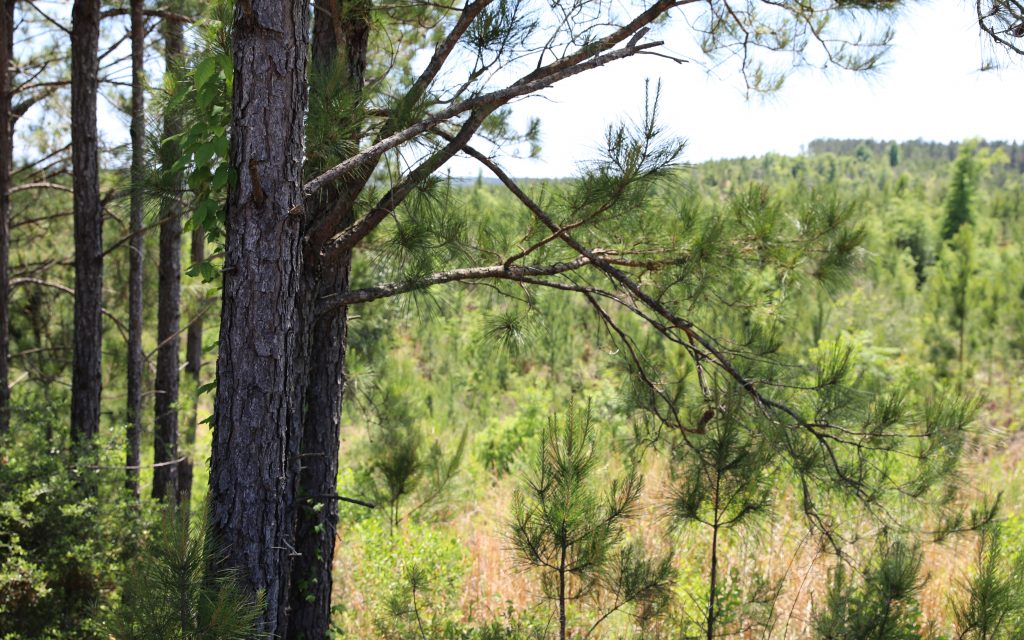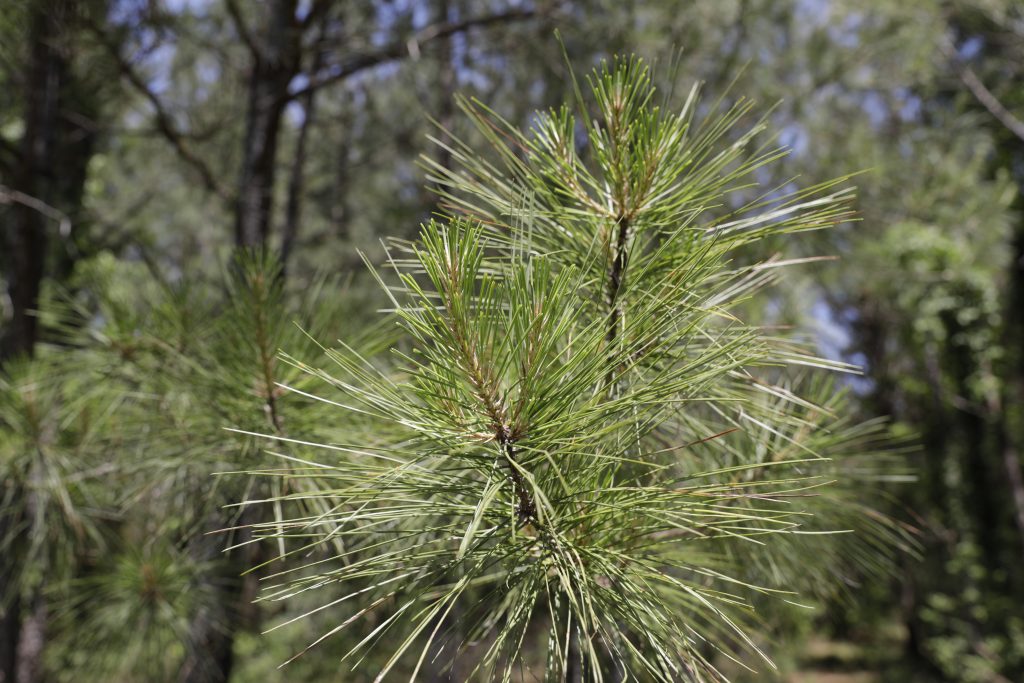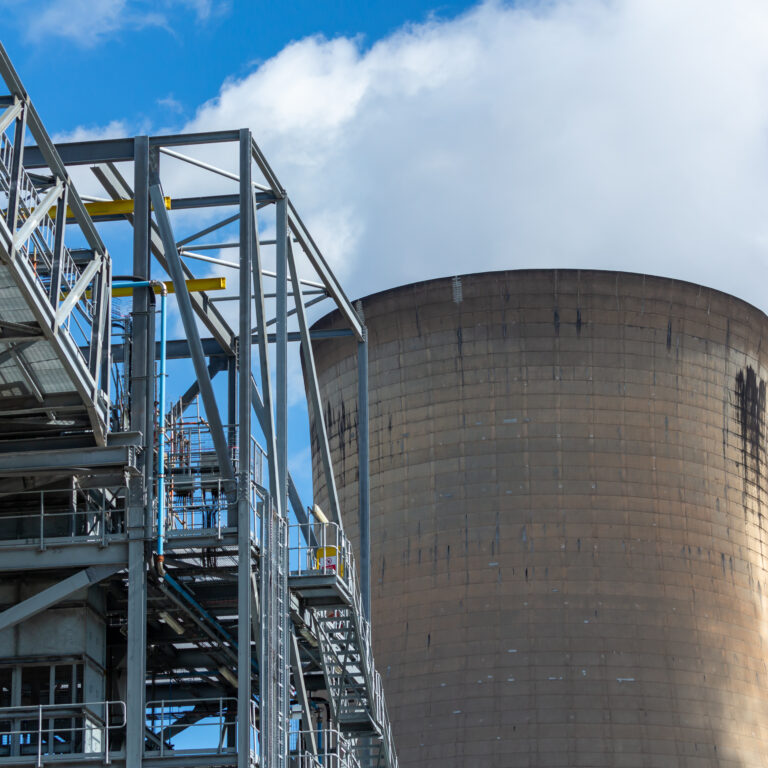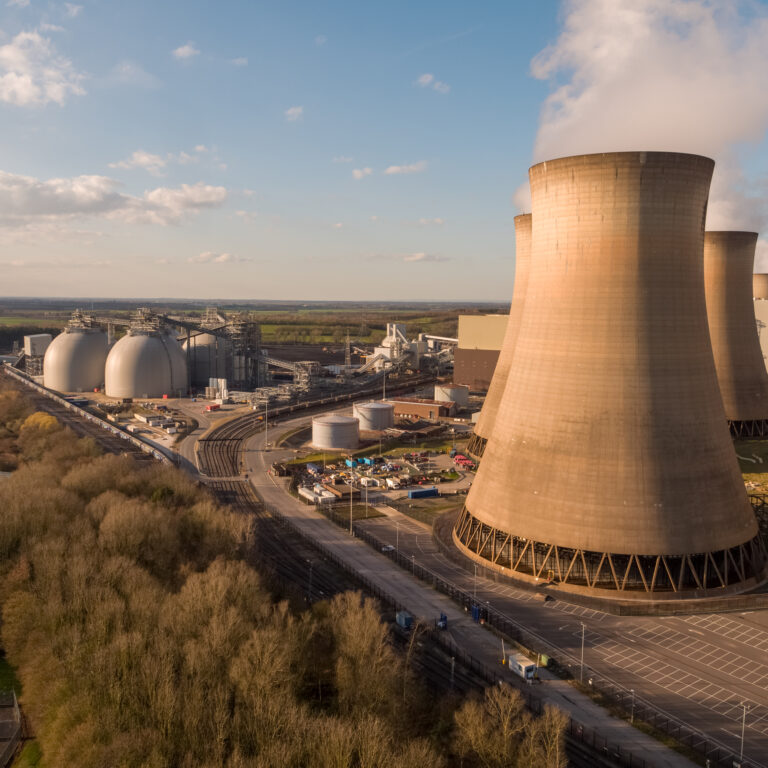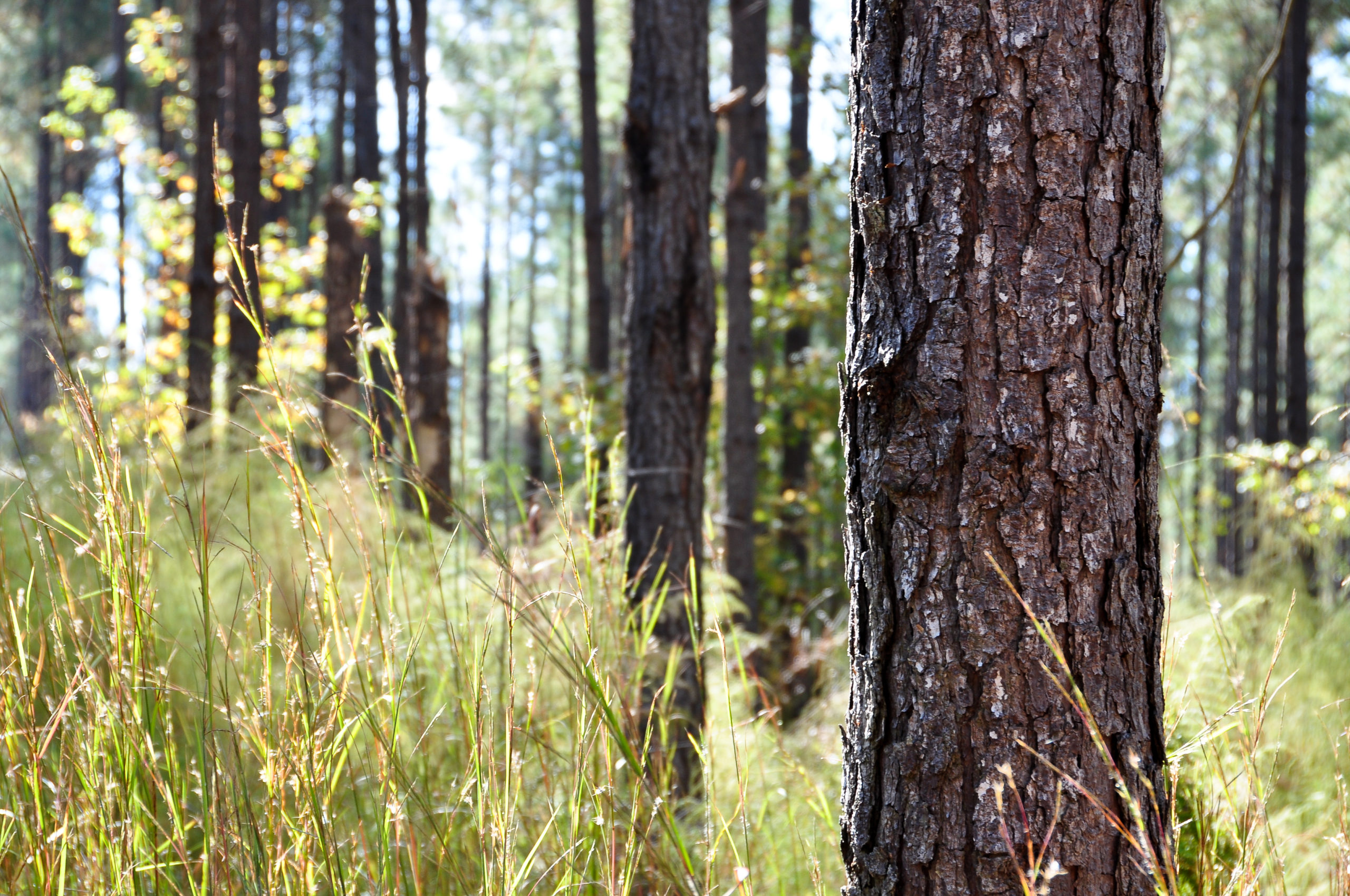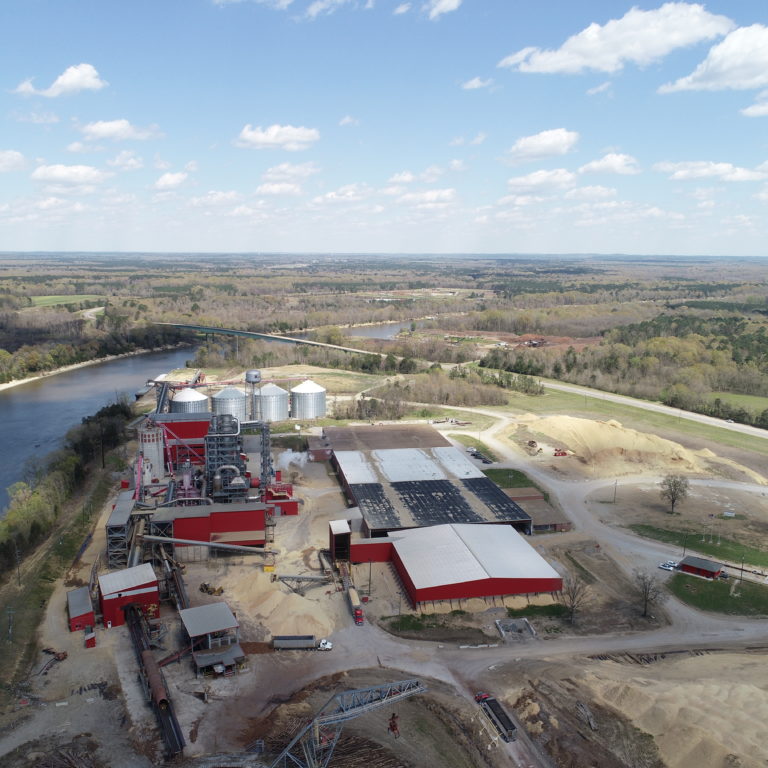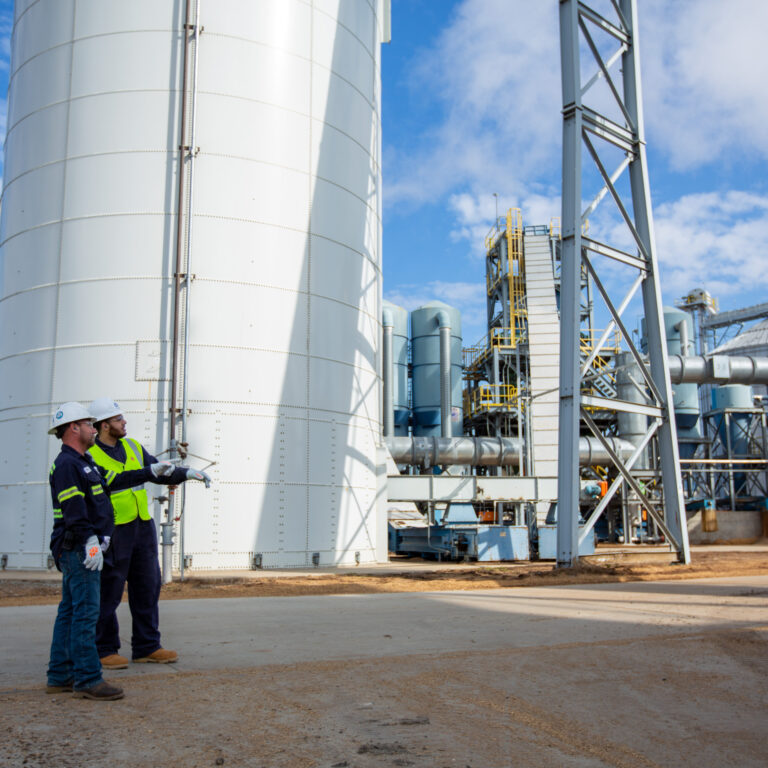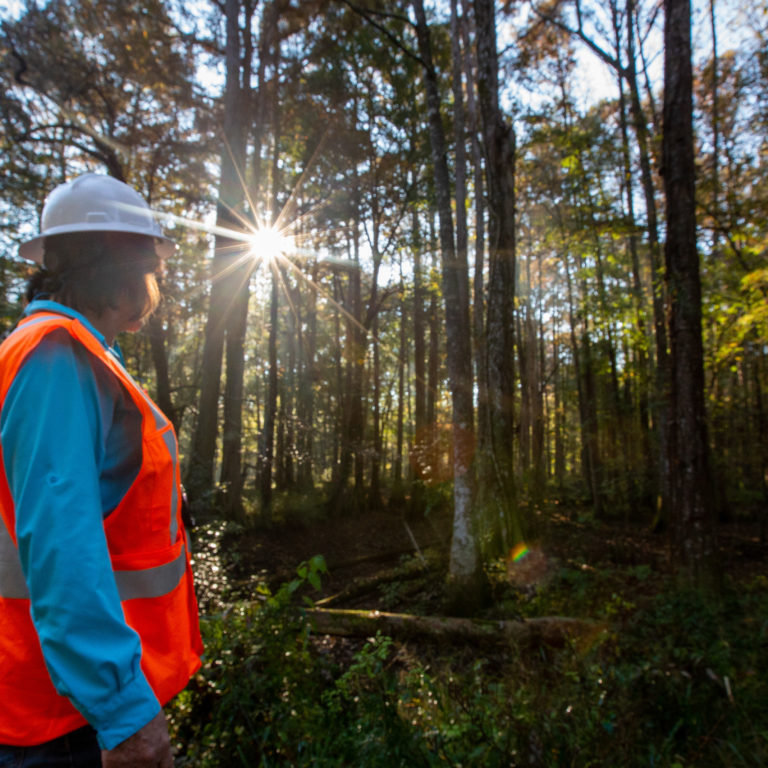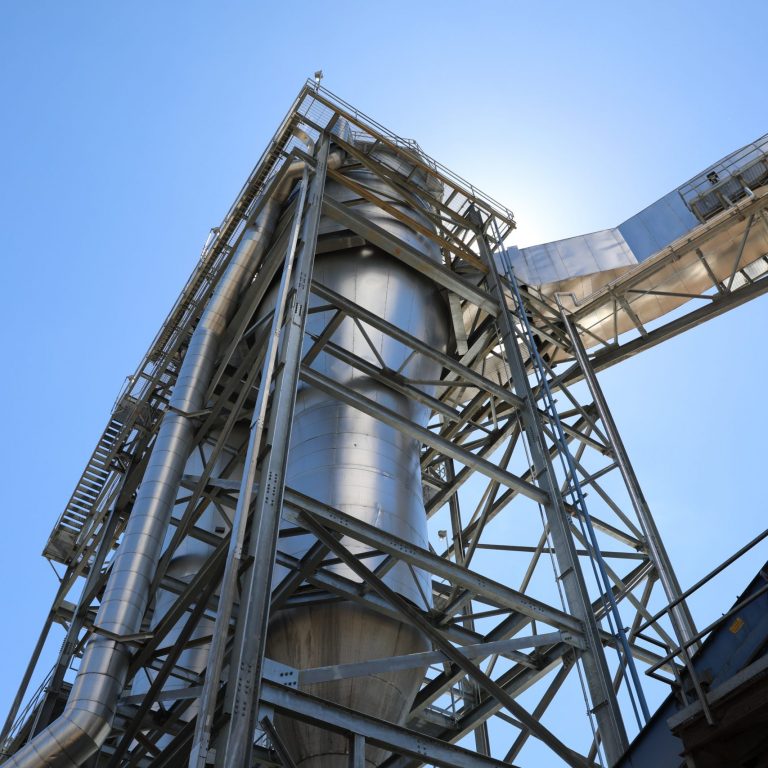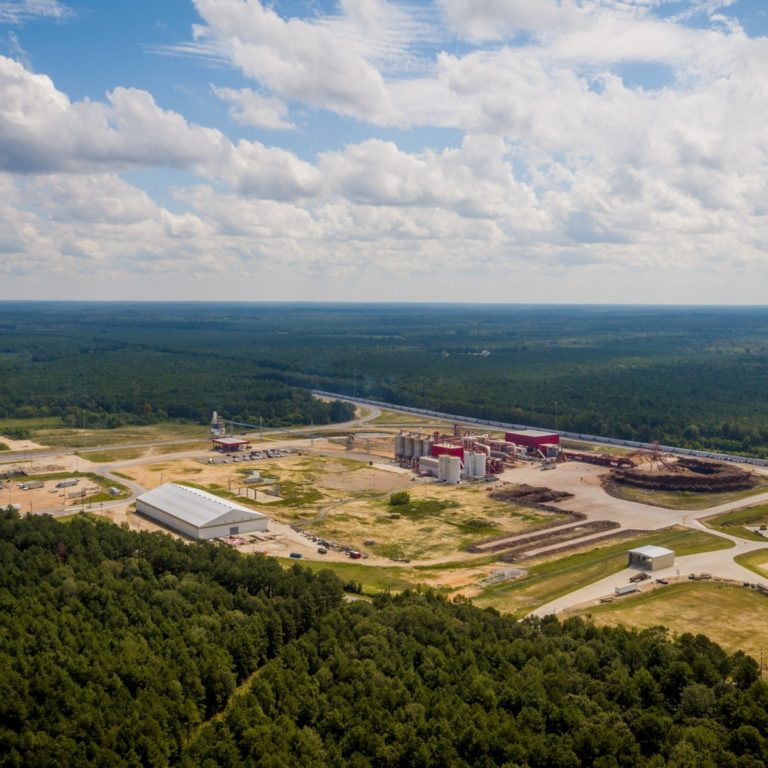Biomass is playing an important role in moving the UK away from coal. At Drax Power Station, in the form of compressed wood pellets, biomass is already supplying roughly 17% of Great Britain’s renewable power.
But more than just being a low carbon replacement for fossil fuel generation, it is also crucial in maintaining the stability of the power network. Among renewable sources of power, biomass is unique in being able to provide the same range of ancillary services that can be provided by coal power stations – such as frequency control and inertia. This inherrent flexibility is vital in maintaining stability on Britain’s high voltage transmission system. Wood pellets can also reliably generate power, helping to fill in the gaps left by intermittent renewables when the wind doesn’t blow and the sun doesn’t shine and avoiding reliance on diesel, coal and gas.
However, for the UK and the wider global environment to reap the maximum benefits from biomass, it must be produced sustainably. More than this, its supply chain must be low in emissions so that clear savings can be made versus power generation with fossil fuels.
To ensure this, the use of biomass is regulated in the UK under EU Timber Regulations and the Renewables Obligation (RO). But further guidelines are set to be introduced as part of the European Parliament’s update to the Renewable Energy Directive (RED), which will specify criteria for all biomass.
There is a clear need for this, but for these to be truly successful they need to be based on a set of robust key principles. A new report by Drax outlines seven of these which can ensure sustainable biomass usage in the future.
1. Forest biomass for bioenergy should be sourced from sustainable forests
The sustainability of the forests from which biomass is sourced is key to ensuring its usage has a positive impact on the environmental, social and economic health of that supply region.
For example, a properly managed forest can boost carbon stock as the younger, faster growing trees that are replanted after felling absorb more CO2 than older, over-mature trees. Thinning operations also increase the growth of the biggest and best trees, ensuring more carbon is stored in longer term solid wood products.
Generators should be able to demonstrate they are avoiding biomass sourced from higher-risk areas where extracting biomass could cause long-term carbon stock decreases in soils or ecosystems, as well as other factors such as biodiversity loss, soil erosion or depletion of water sources.
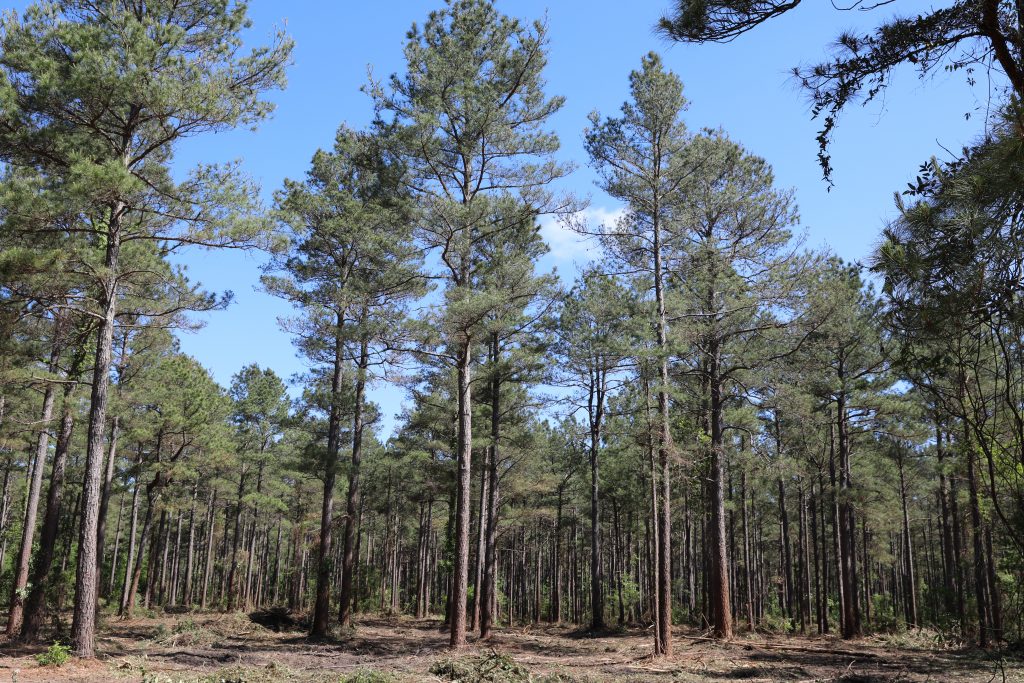
2. Bioenergy from forest biomass should not be produced from high-risk feedstocks
Feedstocks, the raw materials turned into biomass pellets, must come from sustainable sources and avoid protected and sensitive sites that could be considered a risk.
In 2016 around 40% of all feedstock supplied to Drax originated as a sawmill residue. Processes such as thinning also serve as a source of biomass feedstock, while also benefitting the overall health and quality of the forest. Thinning a semi mature stand of trees allows the forest owner to maximise the production of higher value saw-timber trees, storing more carbon and generating more stable revenue streams. Having a variety of wood products markets from saw logs through to biomass incentivises land owners to maintain healthy forests and reduces the risk of conversion of forest to agriculture or urban development.
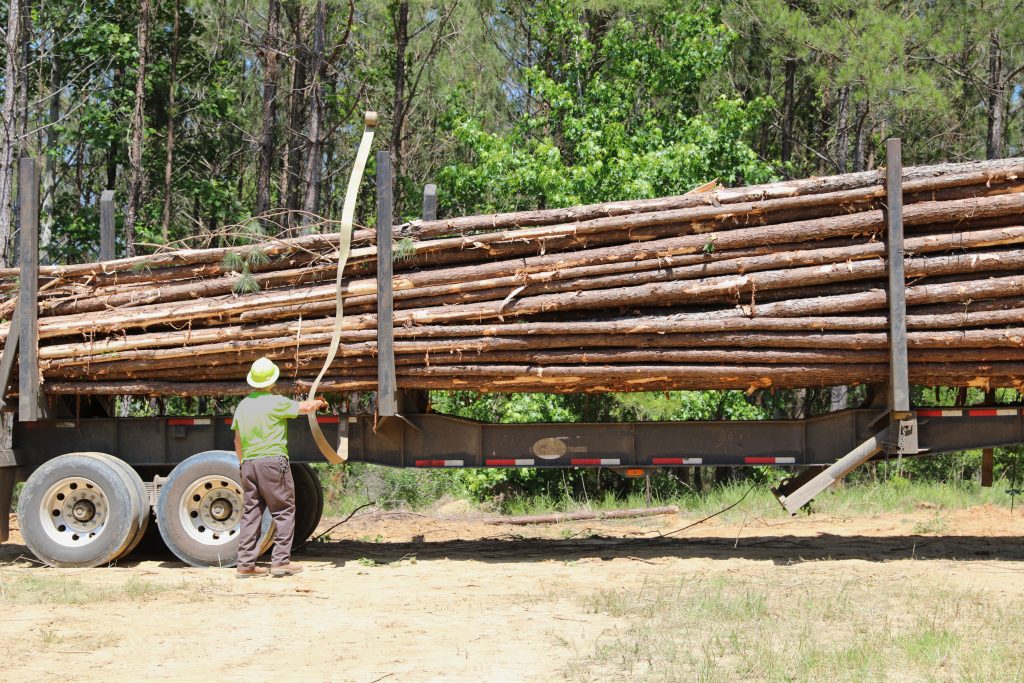
3. Carbon savings and emissions should be properly accounted
To understand the effectiveness of biomass sustainability policy, carbon savings need to be measured.
Factors such as fossil fuel substitution and the emissions associated with harvesting, processing and transporting biomass are relatively straightforward to measure.
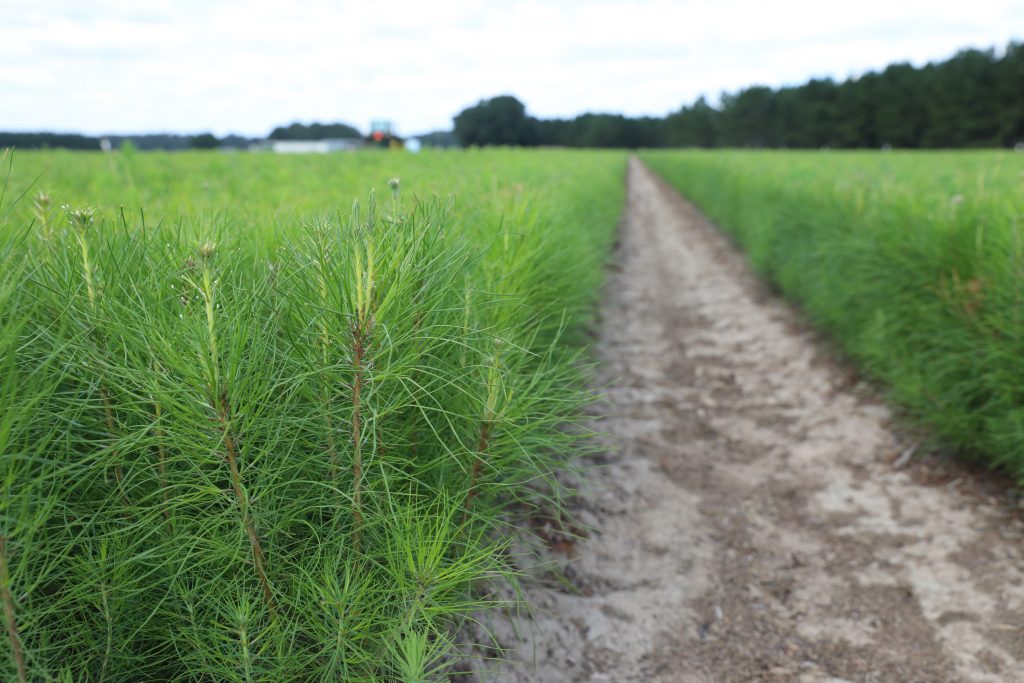
4. Bioenergy should be limited to what can be sustainably supplied
Unlike coal or oil, which will eventually run out, more trees can be planted, grown and harvested.
That said, there is a natural limit to the amount of biomass available on the planet, and so it should not be considered an infinite resource. This is why it’s crucial biomass is sourced from sustainable forests managed following set guidelines. In short, to ensure biomass truly is sustainable, it is essential that working forests are actively managed and maintain or increase productivity.
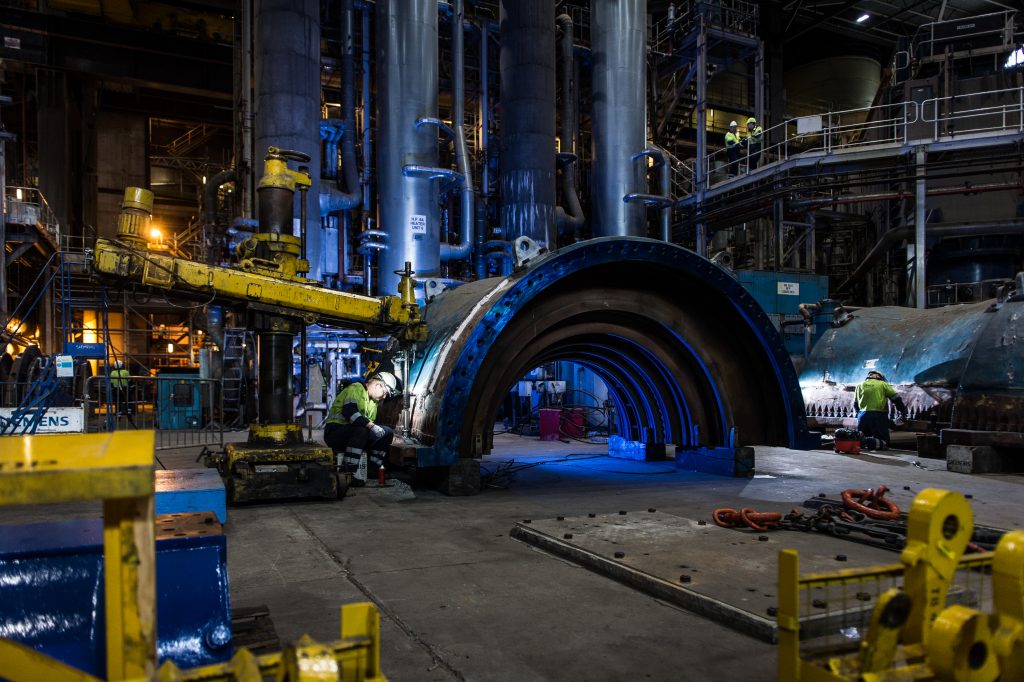
5. Support should be given to all technologies that achieve significant carbon savings
One of the major advantages of biomass over other renewable sources is its potential to help the UK rapidly adapt to meet the EU target of achieving 27% of final energy consumption from renewables.
The fastest way for biomass to make an impact to the UK’s carbon emissions is through converting coal power stations to biomass, as is the case at Drax Power Station.
This repurposing of existing facilities not only offers rapid adoption of renewable energy, but also the ability to provide vital ancillary services other renewable sources can’t.
Quickly deploying biomass solutions in this manner will serve to help it become an established part of the energy system as it continues to decarbonise.
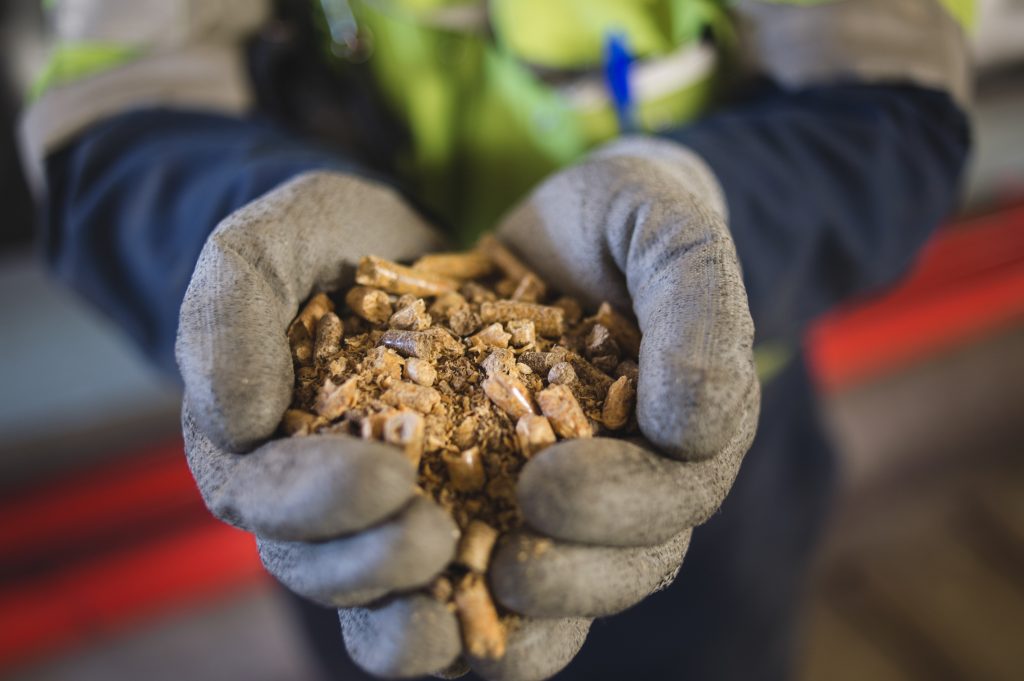
6. The efficient use of raw materials is supported by encouraging buoyant forest biomass markets
Globally, there are substantial amounts of forest residue and forestry industry by-products that currently go unused.
Biomass should be sourced from regions where the largest surpluses exist and the forest carbon balance can be maintained. To enable this to function effectively on a global scale, trade restrictions should be avoided.
Pelletisation offers one of the most efficient ways for this raw material to be used by making it safe, cost-efficient and low-carbon to transport around the world.
These principals are tried and tested by Drax and known to protect forests and ecosystems, as well as optimise supply chains to ensure carbon emissions are kept to a minimum. Ultimately, Drax’s experience in sustainably using biomass serve as a guide for other producers and governments to quickly decarbonise energy systems.
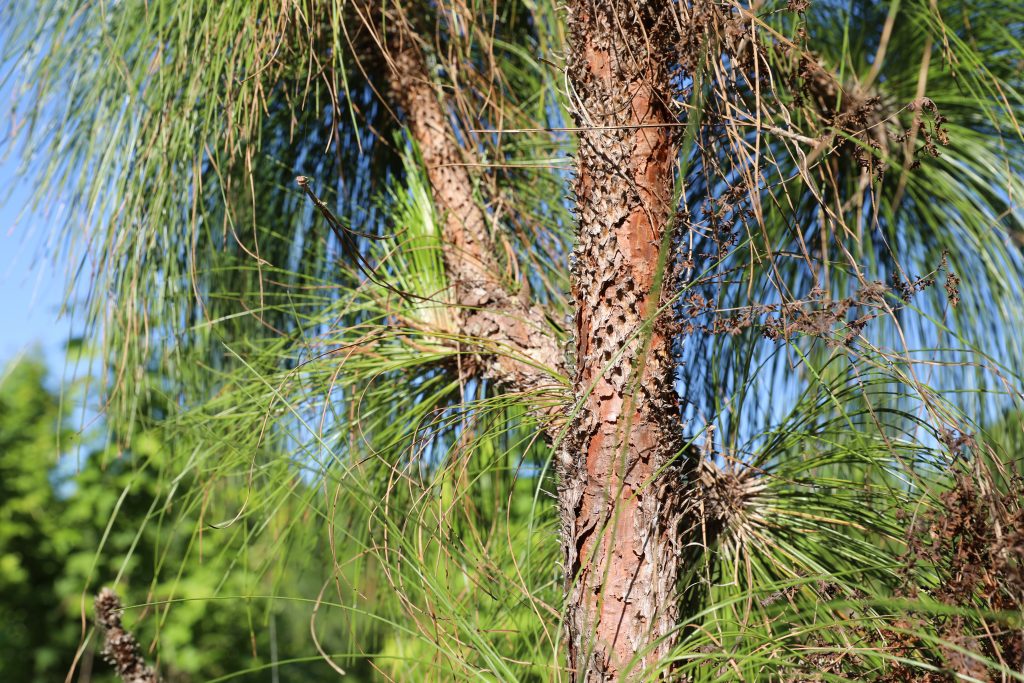
7. The sustainability of forest biomass should be independently verified
One of the best ways to guarantee biomass is sourced sustainably is by introducing third-parties and official guidelines that generators and suppliers can work with.
In Europe, forest level management certification schemes can act as an effective indicator that forests are managed in accordance with the guidelines laid out by Forest Europe. Outside of Europe, where Drax sources most of its biomass, independent, third part auditors can ensure the UK’s stringent criteria are being met on the ground.
Read the full report: The 7 Principles of a Sustainable Forest Biomass Policy – Proven to Work





